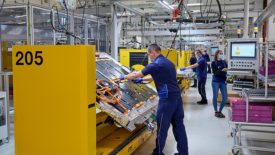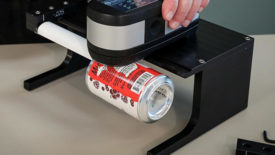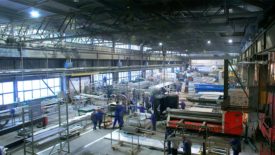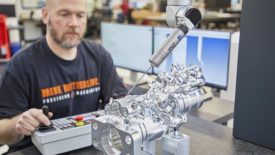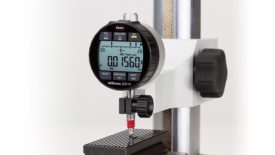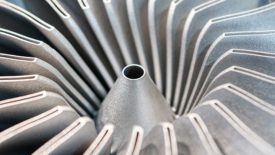Featured on Home Page
Electric Vehicles
Quality control lags behind rapid growth of EV sales in North America.
Read More
Color Measurement
Is Your Color Workflow Resilient for Today’s Supply Challenges?
Capturing and analyzing color data can help identify areas for improvement.
October 1, 2022
Quality 101
Auditing: Professional Development and Participation
Being an effective auditor takes continual professional development and regular participation in audits.
September 15, 2022
Speaking of Quality | Dr. Rhonda Farrell
Innovation and Smart Manufacturing
What all industries can take away for enhanced value realization.
September 15, 2022
Face of Quality | Jim L. Smith
Dissatisfied Customers: A Few Principles to Deal With Unhappy Customers
September 15, 2022
From the Editor | Darryl Seland
Rube Goldberg: The Elaborate to Solve the Simple
September 15, 2022
Management
Why Continuous Improvement Matters
Having an improvement program is not as useful as having an improvement culture.
September 8, 2022
Measurement
Best Suited Options for Your Metrology Toolbox
When are non-contact structured light 3D scanners better suited than touch CMMs?
September 8, 2022
Measurement
Handheld Gaging: It All Comes Down To The Touch
Combining the best of metrology and other industries creates products that are simple for the operator to use while also providing very complex measuring results.
September 1, 2022
Test & Inspection
Tackling The Quality Conundrum In Additive Manufacturing
Today innovative metrology technologies are being developed that can provide meaningful measurement data efficiently and cost-effectively.
September 1, 2022
Stay in the know with Quality’s comprehensive coverage of
the manufacturing and metrology industries.
eNewsletter | Website | eMagazine
JOIN TODAY!Copyright ©2024. All Rights Reserved BNP Media.
Design, CMS, Hosting & Web Development :: ePublishing
